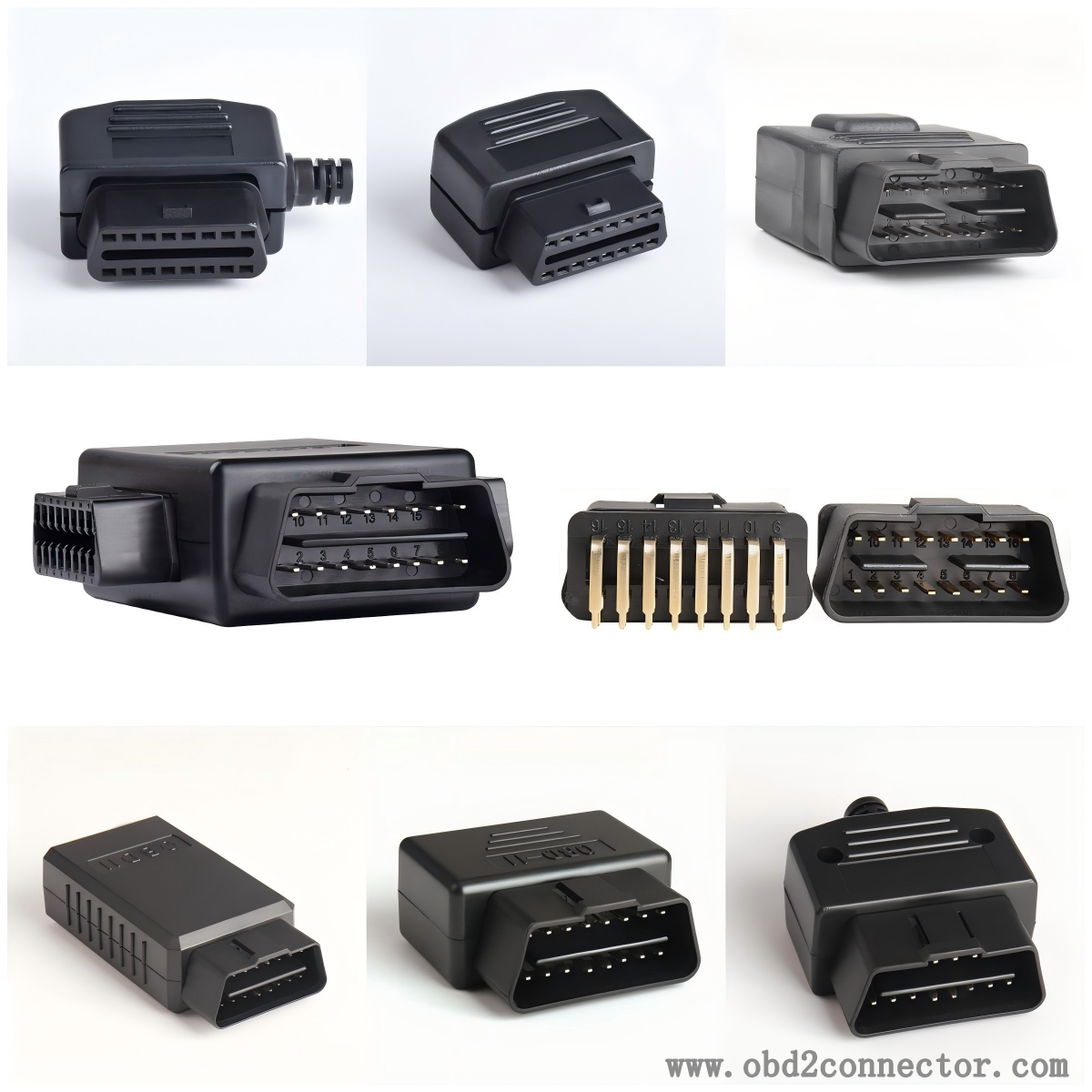Application of OBD2 Female Connector in Vehicle Performance
The OBD2 female connector has the following important applications in vehicle performance:
Real time monitoring of performance parameters
Engine parameter monitoring: By connecting diagnostic equipment, real-time parameters such as engine speed, load, water temperature, intake temperature, and intake pressure can be obtained.
Fuel system parameter monitoring: It can monitor parameters such as fuel pressure, fuel injection quantity, fuel consumption rate, etc. When the fuel consumption rate suddenly increases, it may be due to problems such as fuel injector leakage or air filter blockage, which affect the normal combustion of fuel. By analyzing these parameters, the problem can be quickly identified for corresponding maintenance and adjustment, and fuel economy can be improved.
Emission system parameter monitoring: It can monitor the conversion efficiency of the three-way catalyst and the working status of the oxygen sensor.

Assist in performance optimization and tuning
Performance optimization: Professional car modification personnel or engineers can optimize the performance of the vehicle based on the data obtained from the OBD2 female connector.
Driving habit analysis: By monitoring the performance parameters of the vehicle for a long time, the driving habits of the owner can be analyzed, such as sudden acceleration, sudden braking, prolonged idling and other bad driving behaviors. These behaviors not only increase fuel consumption, but also cause additional wear and tear on components such as the engine and transmission of the vehicle. Based on these data, car owners can adjust their driving habits to achieve the goal of reducing fuel consumption and extending the service life of the vehicle.
Fault warning and diagnosis: Continuous monitoring of vehicle performance parameters helps to detect potential faults in advance. When certain parameters undergo abnormal changes but have not yet caused significant malfunctions, the OBD2 system can issue warnings to prompt the vehicle owner to conduct timely inspections and maintenance.